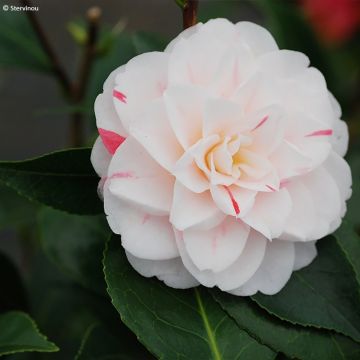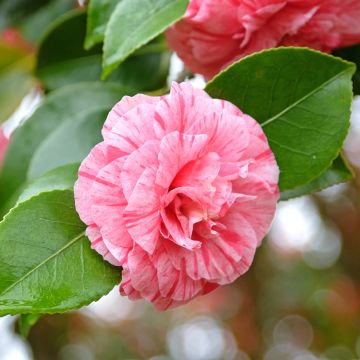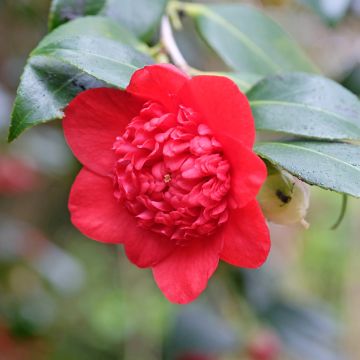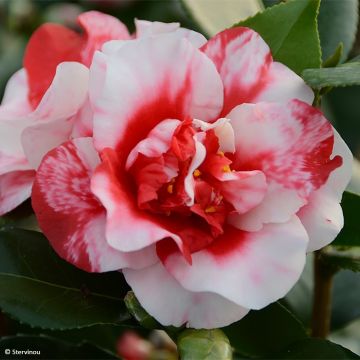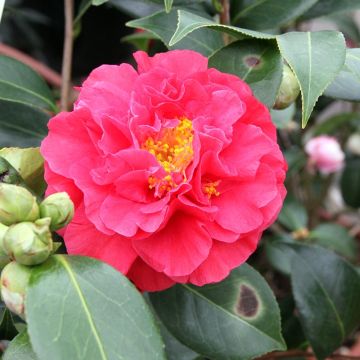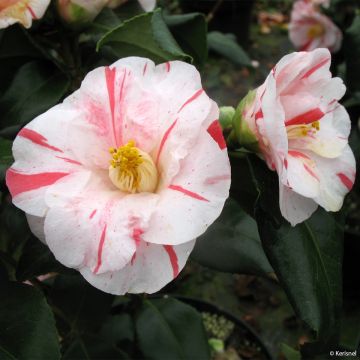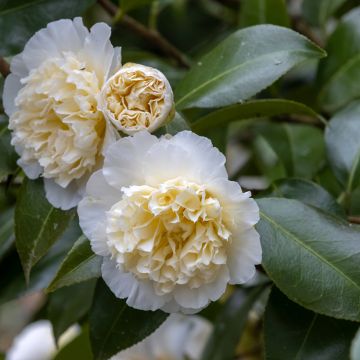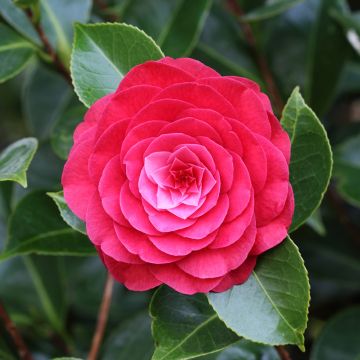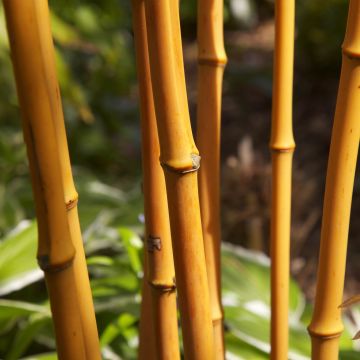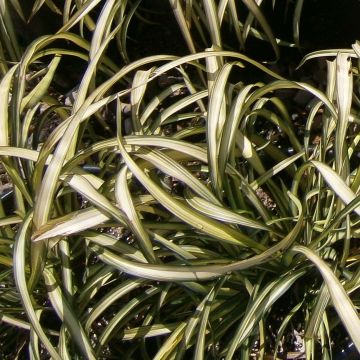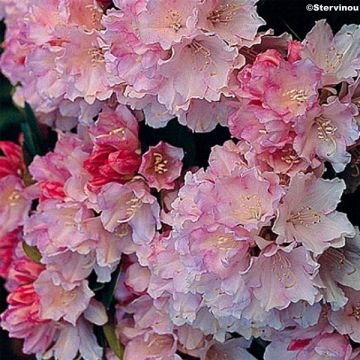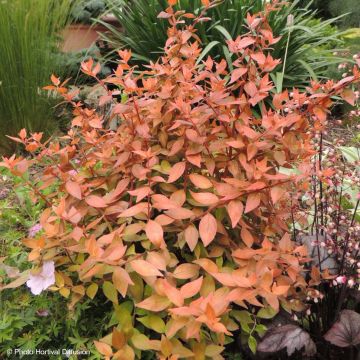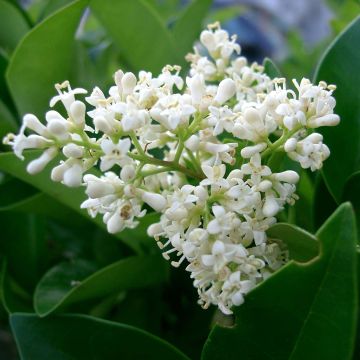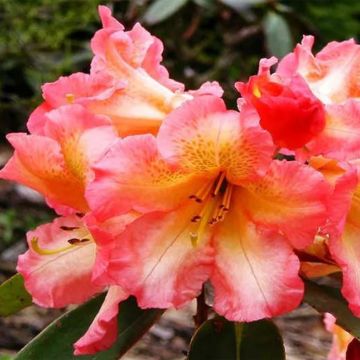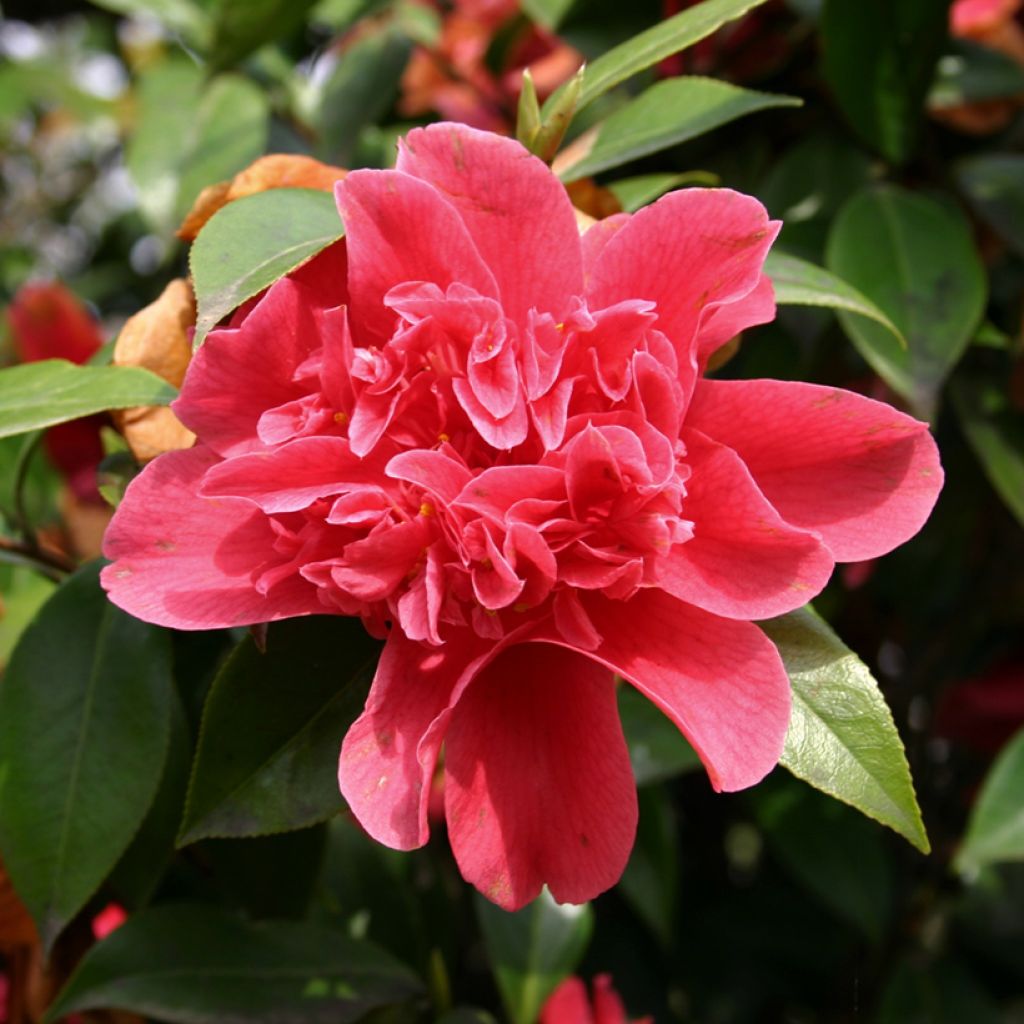

Camellia japonica Mark Alan
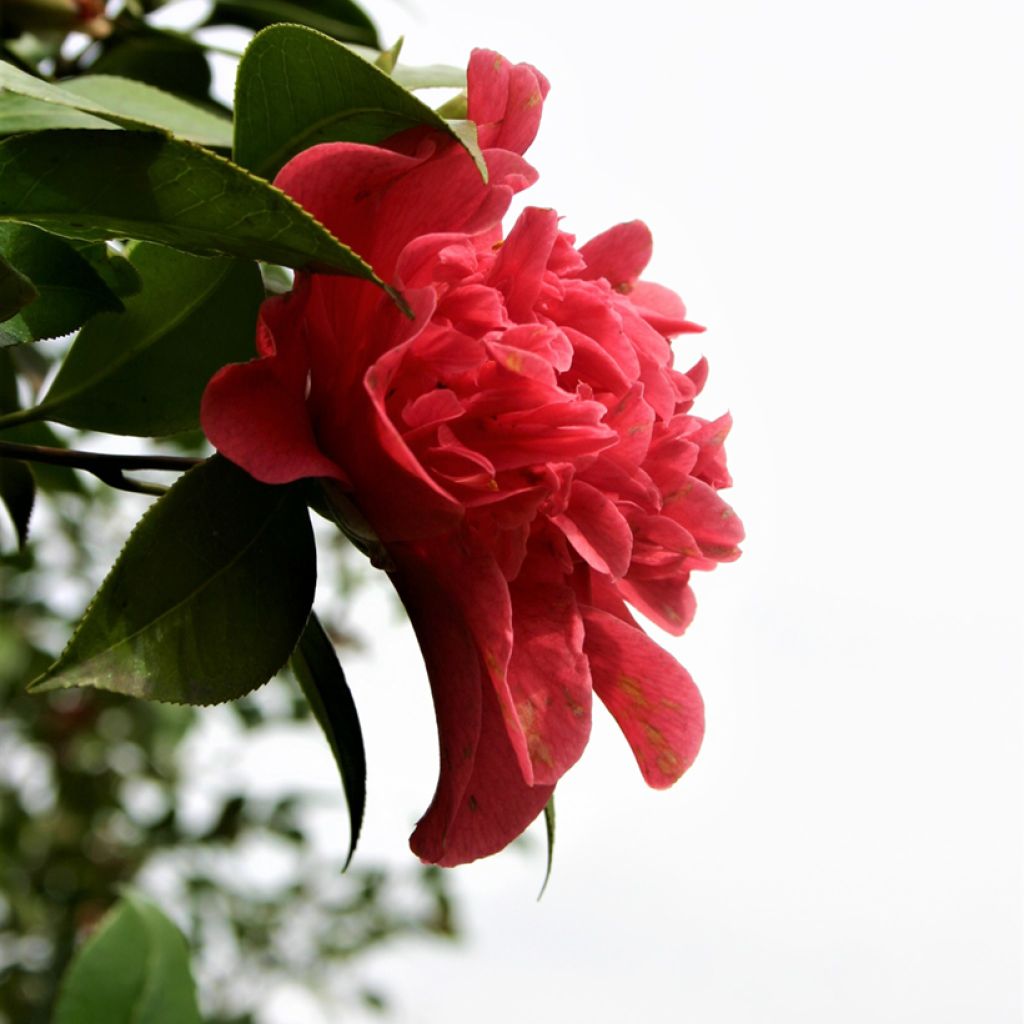

Camellia japonica Mark Alan
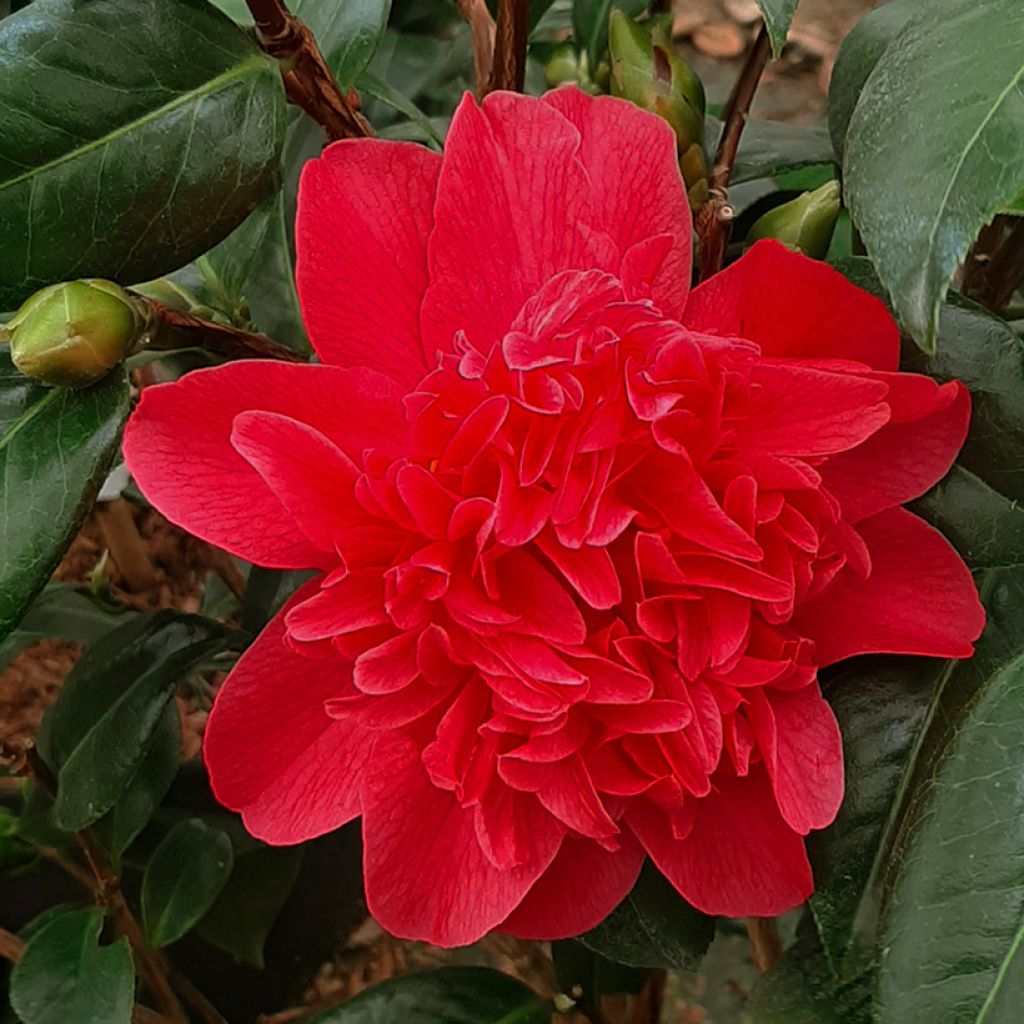

Camellia japonica Mark Alan
Camellia japonica Mark Alan
Camellia japonica Mark Alan
Japanese Camellia, Rose of winter
Special offer!
Receive a €20 voucher for any order over €90 (excluding delivery costs, credit notes, and plastic-free options)!
1- Add your favorite plants to your cart.
2- Once you have reached €90, confirm your order (you can even choose the delivery date!).
3- As soon as your order is shipped, you will receive an email containing your voucher code, valid for 3 months (90 days).
Your voucher is unique and can only be used once, for any order with a minimum value of €20, excluding delivery costs.
Can be combined with other current offers, non-divisible and non-refundable.
Home or relay delivery (depending on size and destination)
Schedule delivery date,
and select date in basket
This plant carries a 24 months recovery warranty
More information
We guarantee the quality of our plants for a full growing cycle, and will replace at our expense any plant that fails to recover under normal climatic and planting conditions.
Would this plant suit my garden?
Set up your Plantfit profile →
Description
Camellia 'Mark Alan' is a superb variety of Japanese Camellia that captivates with its spectacular flowers from February to April. Its beautiful glossy dark green foliage forms a perfect backdrop to highlight the large peony-like flowers composed of a large quantity of gracefully incurved petals. Their vibrant colour evolves, ranging from bright pink to brilliant cherry red. This bush is of moderate size and growth and prefers partial shade, in moist and humus-bearing soil, with a tendency towards acidity, above all non-chalky. It can also be grown in a container on a terrace.
Camellia belongs to the small family of Theaceae, of which it is the best-known representative along with the tea plant (Camellia sinensis) and all ornamental species. Some other genera in the family are appreciated by collectors, such as the frost-sensitive Gordonia or the Stewartia, whose respective flowers resemble those of simple Camellias. Among the dozens of botanical species recorded, Camellia japonica is the most well-known and used in gardens. 'Mark Alan' is an American variety introduced to the market as early as 1958, and still relevant today thanks to the fascinating beauty of its peony-like flowers. This slow-growing shrub has a bushy, branching and erect habit, with deep roots, reaching approximately 1.80 m high and 1.20 m spread at maturity under good growing conditions, after 8 to 10 years in the ground. Its evergreen foliage consists of large elliptical, 10 to 12 cm long, leathery leaves, with a glossy dark green upper side. This dark vegetation is perfect for highlighting the brightly coloured flowers, which fluctuate from bright pink to brilliant cherry red. From February to April, large flowers follow one another, each exceeding 12 cm in diameter and reaching up to 14 or 15 cm, formed by numerous petals. These double flowers are reminiscent of peonies, composed of long petals curved in their centre, and often also curved laterally, giving them a crumpled appearance. A few yellow stamens punctuate the intricate heart of the flower here and there, adding to its romantic charm.
While Camellia Mark Alan is hardy down to -15°C in the ground, its flowering may be compromised by snow, icy winds, and temperatures below -5°C. It therefore prefers mild and humid climates and thrives best in coastal regions, in acidic, humus-bearing, well-drained soil. It will integrate well into a bed of acid-loving plants that generally share the same needs. Its early flowering will give you flowers all year round if you plant it with Rhododendrons and Azaleas which, depending on the varieties, will flower until June, in a whole range of colours. Hydrangeas (Hydrangea) will then take over for the summer and until autumn, with an equally impressive variety of shapes and colours. Then it will be the turn of the autumn Camellia (Camellia sasanqua) whose white, pink, or red flowers defy the dark and cold days to offer their end-of-year and winter spectacle. Also add some foliage plants like Oxydendron arboreum, a deciduous shrub whose foliage turns red in autumn (and which also produces a beautiful summer flowering in long clusters of bell-shaped flowers). And to complete your composition, consider Japanese Maples which are unrivalled for ornamental foliage, for the design of their palmate leaves and the incredible choice of available colours.
Report an error about the product description
Camellia japonica Mark Alan in pictures
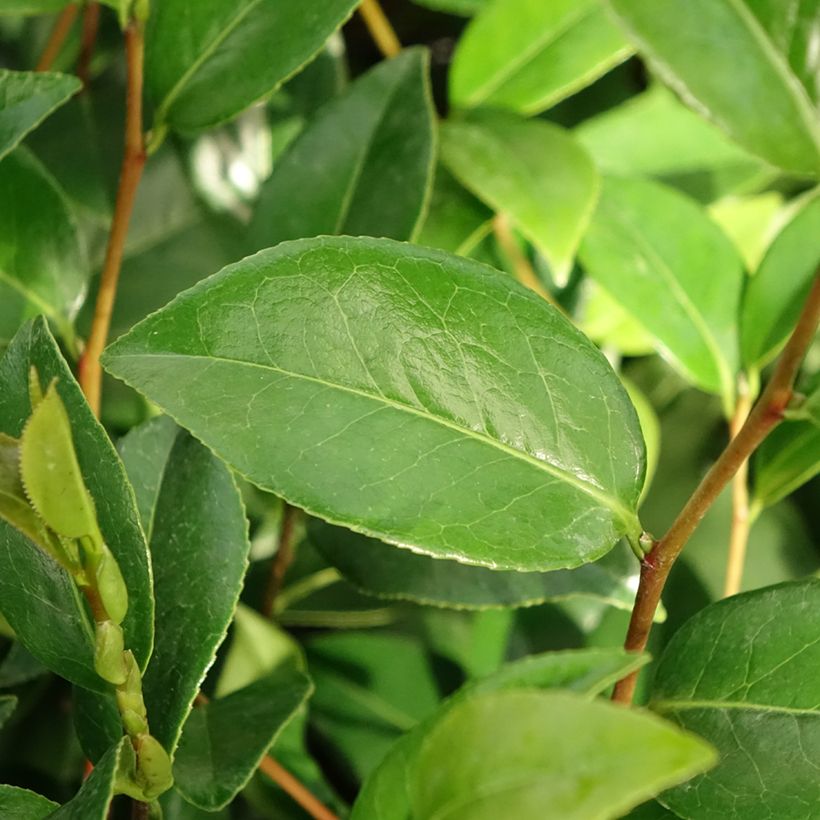

Plant habit
Flowering
Foliage
Botanical data
Camellia
japonica
Mark Alan
Theaceae
Japanese Camellia, Rose of winter
Cultivar or hybrid
Other Japanese Camellia
View all →Planting and care
Camellia 'Mark Alan' will grow in full sun in favourable climates, such as in Atlantic regions, however, it performs best in partial shade, protected from the scorching sun and sheltered from strong winds. Plant it in moist, humus-bearing, acidic, well-drained soil. Do not plant the bush too deeply, the top of the root ball should be covered with 3 cm of soil. In winter, cover it with a 5 to 7 cm thick mulch of leaf compost and crushed bark. Beware of late frosts that can damage the flowers and buds. During dry periods, water the bush to prevent the flower buds from dropping. It is a good idea to plant the camellia in autumn to promote proper rooting and better flowering in the first year. Possible diseases include chlorosis caused by excessive limestone, brown spots caused by burns on leaves exposed to full south, sooty mould, scale insects, and weevils.
Pruning is not necessary but can be done sparingly just after flowering, before the emergence of new spring shoots. Most camellia hybrids do not recover from severe pruning.
Planting period
Intended location
Care
This item has not been reviewed yet - be the first to leave a review about it.
Similar products
Haven't found what you were looking for?
Hardiness is the lowest winter temperature a plant can endure without suffering serious damage or even dying. However, hardiness is affected by location (a sheltered area, such as a patio), protection (winter cover) and soil type (hardiness is improved by well-drained soil).

Photo Sharing Terms & Conditions
In order to encourage gardeners to interact and share their experiences, Promesse de fleurs offers various media enabling content to be uploaded onto its Site - in particular via the ‘Photo sharing’ module.
The User agrees to refrain from:
- Posting any content that is illegal, prejudicial, insulting, racist, inciteful to hatred, revisionist, contrary to public decency, that infringes on privacy or on the privacy rights of third parties, in particular the publicity rights of persons and goods, intellectual property rights, or the right to privacy.
- Submitting content on behalf of a third party;
- Impersonate the identity of a third party and/or publish any personal information about a third party;
In general, the User undertakes to refrain from any unethical behaviour.
All Content (in particular text, comments, files, images, photos, videos, creative works, etc.), which may be subject to property or intellectual property rights, image or other private rights, shall remain the property of the User, subject to the limited rights granted by the terms of the licence granted by Promesse de fleurs as stated below. Users are at liberty to publish or not to publish such Content on the Site, notably via the ‘Photo Sharing’ facility, and accept that this Content shall be made public and freely accessible, notably on the Internet.
Users further acknowledge, undertake to have ,and guarantee that they hold all necessary rights and permissions to publish such material on the Site, in particular with regard to the legislation in force pertaining to any privacy, property, intellectual property, image, or contractual rights, or rights of any other nature. By publishing such Content on the Site, Users acknowledge accepting full liability as publishers of the Content within the meaning of the law, and grant Promesse de fleurs, free of charge, an inclusive, worldwide licence for the said Content for the entire duration of its publication, including all reproduction, representation, up/downloading, displaying, performing, transmission, and storage rights.
Users also grant permission for their name to be linked to the Content and accept that this link may not always be made available.
By engaging in posting material, Users consent to their Content becoming automatically accessible on the Internet, in particular on other sites and/or blogs and/or web pages of the Promesse de fleurs site, including in particular social pages and the Promesse de fleurs catalogue.
Users may secure the removal of entrusted content free of charge by issuing a simple request via our contact form.
The flowering period indicated on our website applies to countries and regions located in USDA zone 8 (France, the United Kingdom, Ireland, the Netherlands, etc.)
It will vary according to where you live:
- In zones 9 to 10 (Italy, Spain, Greece, etc.), flowering will occur about 2 to 4 weeks earlier.
- In zones 6 to 7 (Germany, Poland, Slovenia, and lower mountainous regions), flowering will be delayed by 2 to 3 weeks.
- In zone 5 (Central Europe, Scandinavia), blooming will be delayed by 3 to 5 weeks.
In temperate climates, pruning of spring-flowering shrubs (forsythia, spireas, etc.) should be done just after flowering.
Pruning of summer-flowering shrubs (Indian Lilac, Perovskia, etc.) can be done in winter or spring.
In cold regions as well as with frost-sensitive plants, avoid pruning too early when severe frosts may still occur.
The planting period indicated on our website applies to countries and regions located in USDA zone 8 (France, United Kingdom, Ireland, Netherlands).
It will vary according to where you live:
- In Mediterranean zones (Marseille, Madrid, Milan, etc.), autumn and winter are the best planting periods.
- In continental zones (Strasbourg, Munich, Vienna, etc.), delay planting by 2 to 3 weeks in spring and bring it forward by 2 to 4 weeks in autumn.
- In mountainous regions (the Alps, Pyrenees, Carpathians, etc.), it is best to plant in late spring (May-June) or late summer (August-September).
The harvesting period indicated on our website applies to countries and regions in USDA zone 8 (France, England, Ireland, the Netherlands).
In colder areas (Scandinavia, Poland, Austria...) fruit and vegetable harvests are likely to be delayed by 3-4 weeks.
In warmer areas (Italy, Spain, Greece, etc.), harvesting will probably take place earlier, depending on weather conditions.
The sowing periods indicated on our website apply to countries and regions within USDA Zone 8 (France, UK, Ireland, Netherlands).
In colder areas (Scandinavia, Poland, Austria...), delay any outdoor sowing by 3-4 weeks, or sow under glass.
In warmer climes (Italy, Spain, Greece, etc.), bring outdoor sowing forward by a few weeks.






























